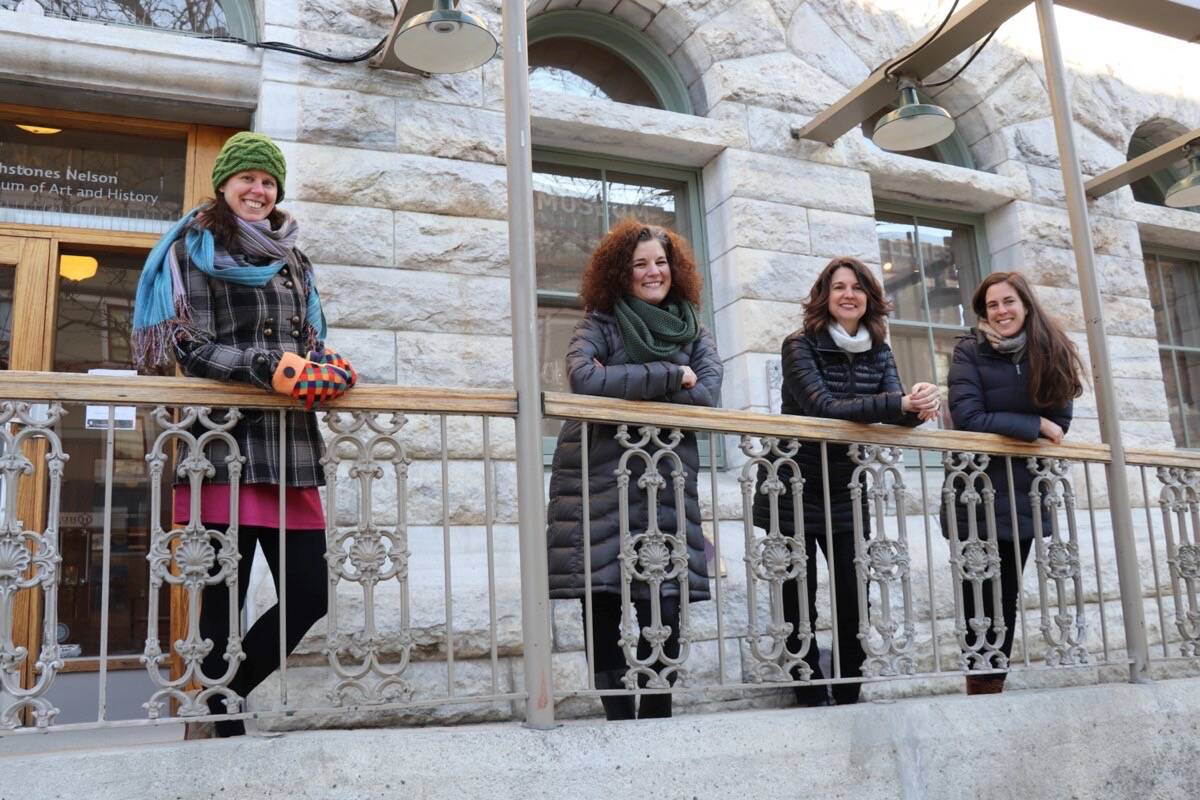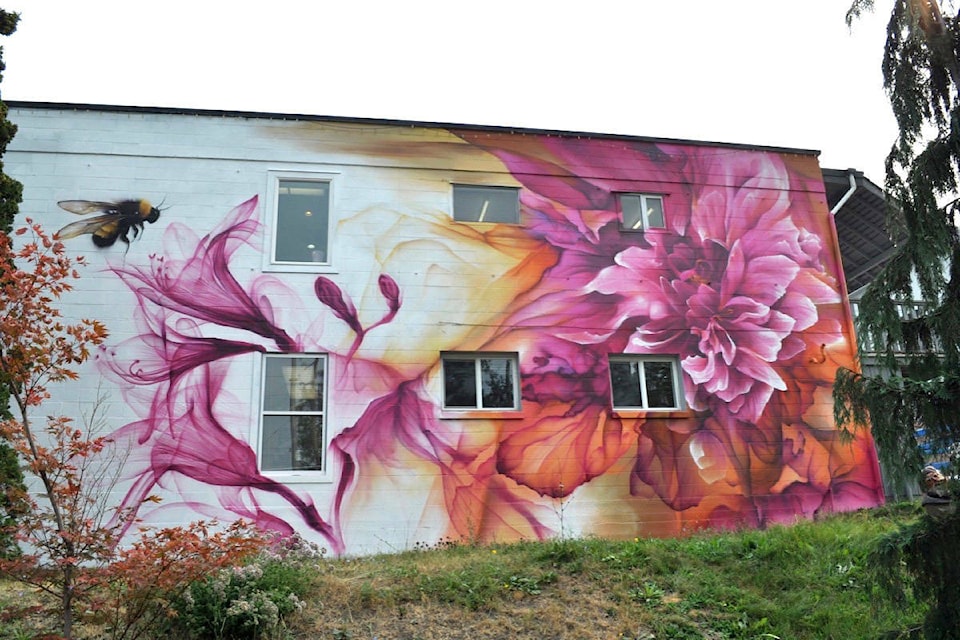The average income of Nelson artists in the pandemic year 2020 was between $30,000 and $40,000, an estimated 20 to 25 per cent less than the artists had anticipated.
The pandemic hurt Nelson artists in a variety of ways, but two factors from pre-pandemic days continued to be their biggest challenges: affordable housing and the cost of living.
These are among the conclusions of a study presented to Nelson City Council at its Feb. 22 meeting by the report’s three authors: Selkirk College, the Nelson and Area Economic Development Partnership, and the Nelson and District Arts Council.
The arts, culture and heritage sector remains economically important to Nelson even when reduced by the impact of COVID-19, according to the report.
The report’s estimation of the sector to the local GDP in 2020 is estimated to have been between $14.2 and $24.4 million.
“What we are looking at is a sector that is strong and growing and important to our local economy,” Selkirk College’s Sarah Breen, a rural development economist, told city council.

The three-fold purpose of the study was to describe the size of the sector and its contribution to the economy, to understand the impact of COVID-19 on the sector, and to recommend how to best support the sector.
The authors interviewed 84 individuals and organizations, both profit and non-profit, and looked at census data.
According to the study, only 27 per cent of survey respondents make 100 per cent of their income from the arts. Average hourly wages are $30 for full time workers, $26 for part time, and $22 for casual.
Even though there were programs offered by governments to buffer the financial aspects of COVID-19, 40 per cent of individual artists surveyed and 46 per cent of arts organizations did not access those programs, for a variety of reasons including accessibility, eligibility, and program consistency.
The reported effects of the pandemic on artists included an inability to plan for future, shortage of personal energy and motivation, loss of audience, personal health and safety concerns, and shortage of available work.
As for the predominance of affordable housing identified as a barrier in the survey responses, Breen said, “I can not get into a conversation about economic development without getting into housing in about five minutes,” adding that it is a national and endemic problem and that local arts organizations should focus on finding support programs or grants, which are more tangible solutions.
Breen explained that the numbers in the study deal with the supply side only — the income of artists and arts organizations. They did not look at the demand side — how much residents and tourists spend on the arts.
A 2003 study entitled The Economic Impact of the Arts in Nelson looked at both demand and supply, and came up $15 million as the net economic impact of arts and culture at that time.
At the Feb. 22 meeting, Councillor Rik Logtenberg asked about the effects of gentrification, in which artists get pushed out to other communities even though their customers are still mainly in Nelson.
Breen said rural transportation is an important issue, although respondents were not asked about this in the survey.
“If places are unaffordable we need better rural transit systems so they can get to where their jobs (or customers) are,” she said, adding that even with the best transit system artists will move to other communities if they can’t afford to stay.
“The worst case scenario is pushing people out to the extent that they are not just leaving Nelson but going to the next cool cheap place.”
Councillor Keith Page pushed for the development of a long term strategy for arts, culture and heritage, including action on affordable housing for artists.
“Aside from just the economic impacts, (the arts are) going to be super important to the healing process (after the pandemic) and how we understand what has happened to everyone,” he said.
Asked about next steps, the arts council’s Sydney Black said there should be a follow-up comparison report done in 18 months, perhaps with a deeper look at the demand side: how much residents and tourists spend on the arts in Nelson.
A summary of the report as presented to council can be found at https://bit.ly/353OUFN.
bill.metcalfe@nelsonstar.com
Like us on Facebook and follow us on Twitter
